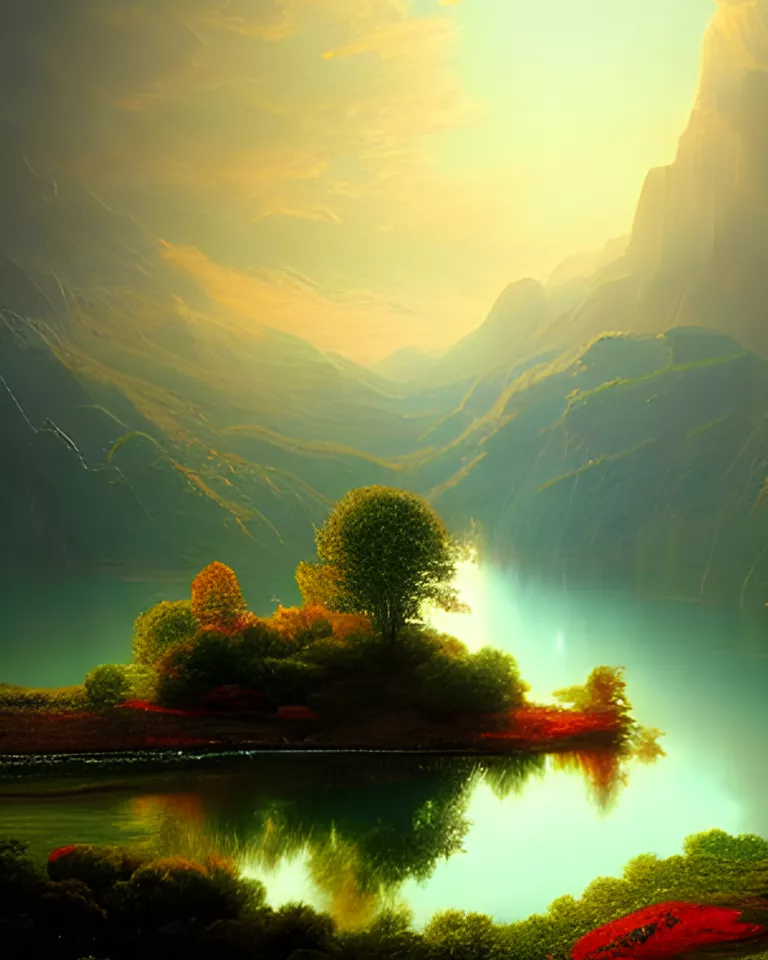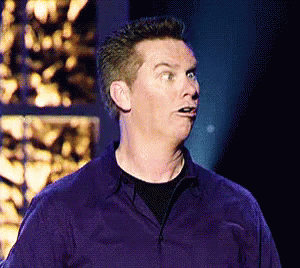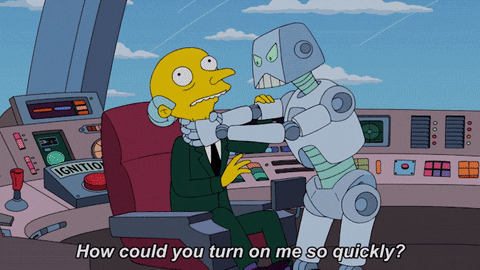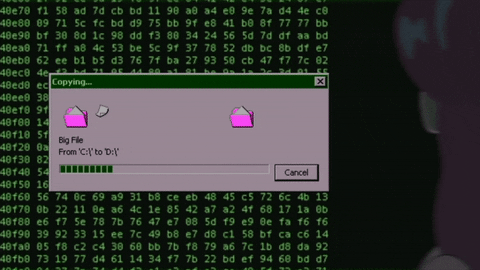A few years after I got my B.Sc. in Computer Science, we’re talking early 2000s, I found myself getting interested in Artificial Intelligence (AI). When I say “interested”, I mean curious. I already knew it was a complex topic. It involved more than the study of computer science, but also psychology, philosophy and more.
Even though I’d completed a few fundamental courses in such topics, it wasn’t in line with what I was already into, which was design and web development. Nonetheless, I was still curious.
Of course, the internet was my proverbial library of endless information. I read whatever I could find in the mainstream. Academic papers were not openly available and the ones that were, were few.
Until one day, when I bought an issue of a PC magazine from a store (those were still a thing back then). It had an article that summed it all up.
AI was kinda dumb.
Table of Contents
What is Artificial Intelligence?#
Artificial intelligence (AI) is intelligence demonstrated by machines, as opposed to the natural intelligence displayed by animals and humans.
Wikipedia
Fundamentally, an AI program excelled at mimicking decision-making, but it wasn’t capable of adapting to changes. You would have to program any new information in and tell it what to do with that information.
You’d think that the scientists would have solved this issue. They actually were figuring it out, but for practical reasons, they took shortcuts. This is how scientific research works sometimes.
Let’s say, as a digital artist, you want to study another’s work. You’re quite likely to pick a few pieces of their artwork to use as references, and get studying. As you go along, you might face a difficult problem and take a shortcut. This way, you can give yourself some time to figure it out.
If the artist’s work was the theory, then your work is the research and execution. The ability for the AI to learn from new information, was only through programmed input. That was the shortcut.
As technology was advancing, the AI’s code was getting complicated and the amount of data was growing too. It was time to turn this shortcut into Machine Learning. 🤖
What is Machine Learning (ML)?#
Machine learning algorithms build a model based on sample data, known as training data, in order to make predictions or decisions without being explicitly programmed to do so.
Wikipedia
The solution to the problem. 🦾
At the time when I read that article, ML (the way we understand it today) was yet to make an appearance in the mainstream. Many systems, like search engines and social media platforms, for example, were still improving and optimizing their original core code.
ML would be integrated into their systems and compliment what’s already there when ready. I made a realization back then that, due to the trade that I’m in, I’ll get to see how useful and beneficial this form of AI will be.
It’s been a long time since that realization. I’ve seen how ML came into the fore and affected the way folks in my field worked. In fact, I credit AI for pushing myself towards the better practice of my craft.
Machine Learning at work#
Briefly, Google introduced their first ML into their search engine back in 2015. Since, there’s been many improvements with further AIs introduced. Among other things they can do, these AIs are capable of interpreting language and analyze webpages better than before.
When a company like Google introduces such a powerful technology, you’d expect the worst to happen. The only thing that did happen was me reaching another realization. As a web designer, I needed to invest the time to learn SEO (Search Engine Optimization) as it was becoming important that I do.
If I’m being honest, what they’re doing is helping themselves by making search results more competitive. This way, they’re able to sell ad space, but also — and here’s the silver lining — the improved quality of websites served. Web designers, now will optimize them to give them a fighting chance in the search results.
I do appreciate the positive effect of introducing AI here.
[AI-generated art enters the chatroom]#
Damn it! 😒
Who would’ve thought that the word art in the modern world would in an instant be unethical or risk being illegal? If we were talking about music or video piracy, then that applies. A lewd piece of artwork displayed in a conservative country… likely, but this?
I don’t want to be dramatic about ai-generated art, as I do find the technology and what it’s able to do incredibly fascinating. But, like others out there that took a look at what DALL-E, Midjourney, Stable Diffusion and the-like can do, and how they went about doing it, I had to take pause to try to figure out what to make of it.
What is AI-generated art?#
For the uninitiated, it’s ai-generated art from text. How this is achieved is by prompting the AI with context and parameters as a description. Then the AI references a model created through ML for it to produce the artwork.
An over simplification of how it goes about creating the work, that’s for sure. After all, this is not a science blog. We’ll just take a pass on the technicalities — believe me when I say that I’m sparing you a headache. 🙃
While AI-generated art is in its infancy, the quality, and the speed of which it’s able to produce the work is jaw-droppingly good. I mean, take a look at the cover image of this post.
But there’s a question that many people are asking…
Is AI-generated art legal?#
When you train AI, you’re teaching it to interpret the data so that it can be able to perform a task with accuracy. This forms, or becomes part of (if the AI is complex), a model.
These AI-generated art platforms are using models trained with images from the Internet. Except for images in the public domain, copyrighted images were also included — without consent. 😤
The training data included artwork from traditional and digital artists. As well as photos from independent photographers to stock photo websites, and so on.
That doesn’t sound right. Right? These tools are capable of producing artwork, no matter how random the description is, in the style of the artist of one’s choosing. What makes this worse is that you can fine-tune the model with more training and outright rip off an artist’s style.
I mean, let’s look at what it can do with the least input…
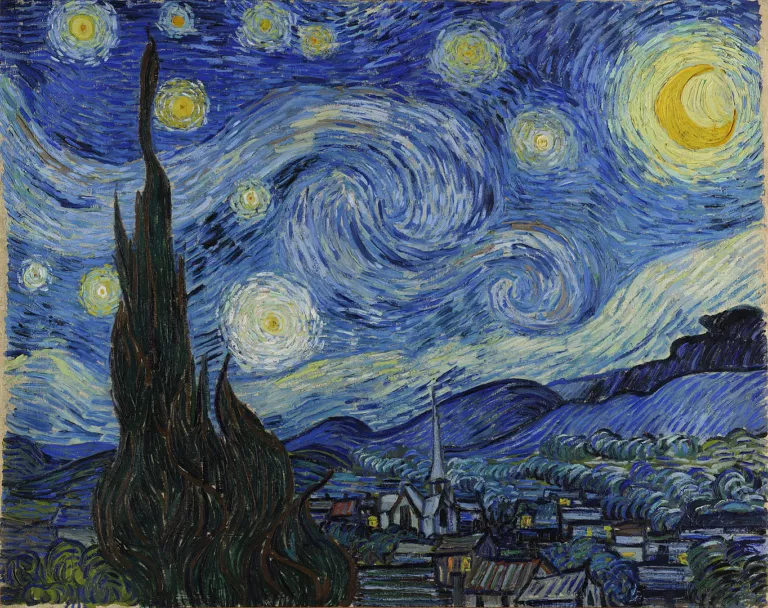
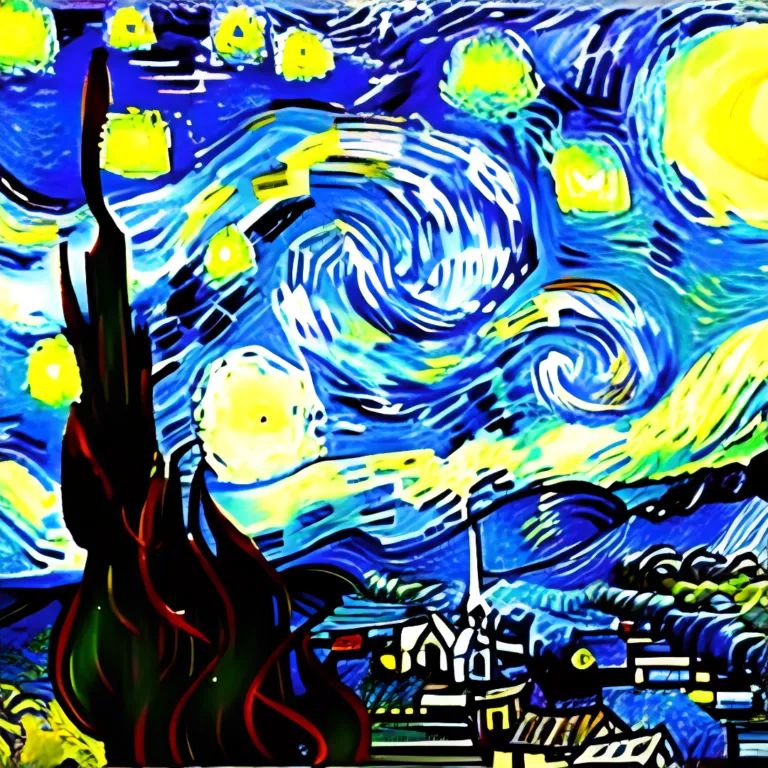
The second image above does look awful. What we’re seeing here is what we can produce with the least amount of detail within the prompt. Did you notice how much it was able to reproduce from the original piece, though? That’s quite a bit.
The seed (a random number that helps generate a different/derivative output) could be any number for this prompt and the resulting output would be exactly the same! Let that sink in for a second.
It’s the beginnings of an actual copy. A bad one. Yes. While it shouldn’t matter how the AI gets to storing the learned information, the issue here is that it’s still stored information. I can’t help but feel that this is the start of digital art piracy. No. Forgery!
We have to appreciate the eventuality of this technology in being able to reproduce entire pieces of artwork to near parity to the originals. Specific styles, the shades of color, and all, as it improves.
The Verge published a detailed post discussing the copyright issues facing generative AI art (and other). It’s well worth the time to read.
Now, I’m not a lawyer and can’t give legal advice on this but, the only thing I can do is suggest to use common sense. Use good judgement when using these models for AI-generated art in your work.
🤷♂️
Moving forward…#
There’s no denying the fact that this technology is powerful. It can learn to mimic an artist’s style and has the potential to duplicate their individual work. This alone can be beneficial to us individually, or in a work environment. That is, if we use our own artwork or the tool itself in an ethical way.
It’s also a given that this technology is here to stay, and it’ll only improve. Unless governments create laws to deter malicious use, I’m not sure if there’s anything else that we can do than hold each other accountable if we misuse this technology.
As artists and designers, we always strive to improve our work and process which, as is, is time-consuming. That’s why we can appreciate the fact that AI-generating art tools can be used in our favor. These tools have simplified the legitimate aspects of our process. We can use these tools to save time on experiments and mockups, composition building and more.
The way I see it, if we continue to use these ethically questionable models, to do so but only to use the results for reference purposes only!
It’s not that different compared to doing it in the usual way. 👼
